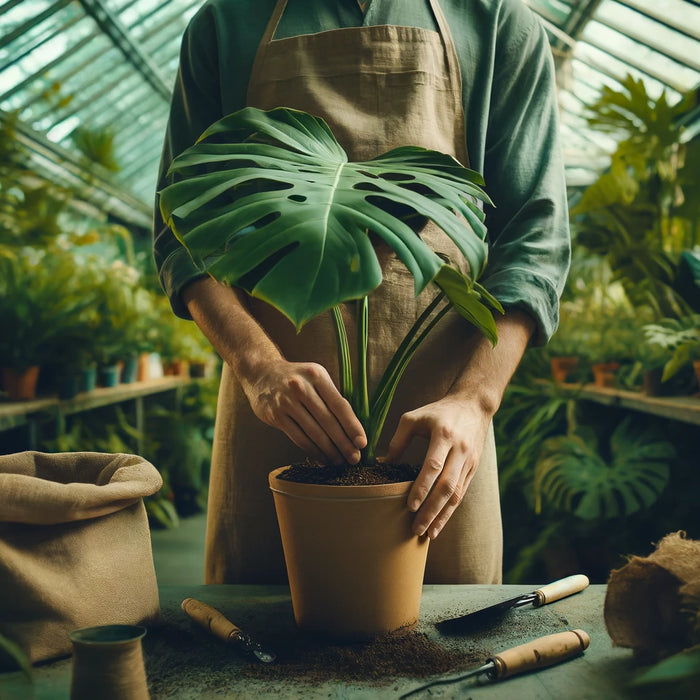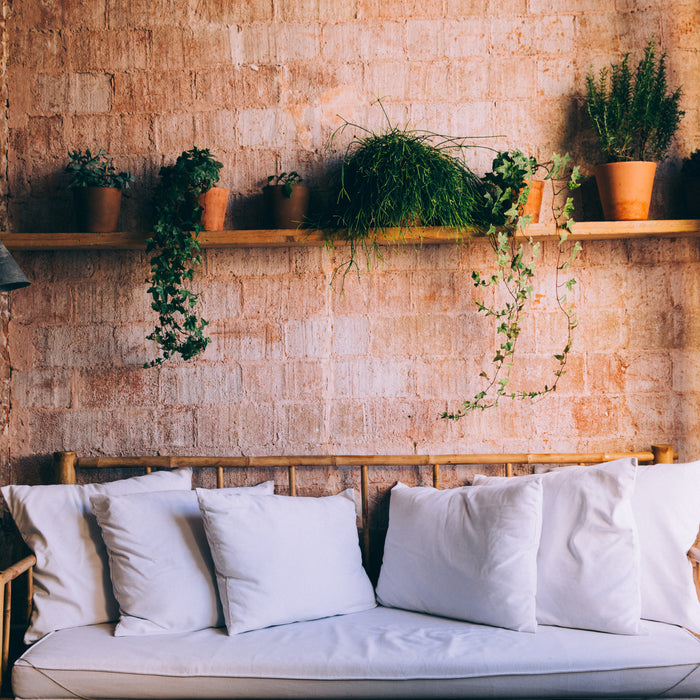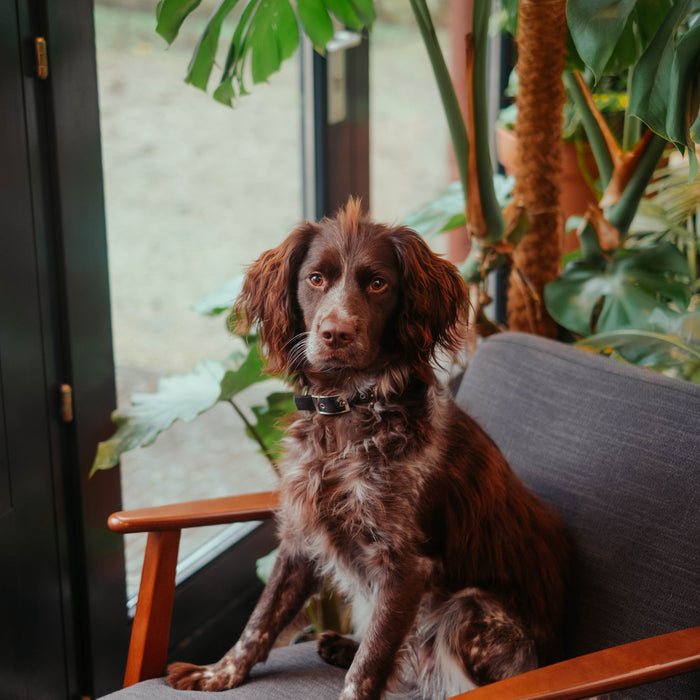
ROOTLESS Succulent Echeveria Lilacina in bowl 'black' Ø20 cm - ↕5 cm
ROOTLESS are succulents. And the name says it all: a ROOTLESS succulent has no roots. The plant consists of only a rosette. The moisture is stored in this heart of leaves. So you never give a ROOTLESS too much or too little water!
ROOTLESS succulents are grown in a nursery pot and grow to the right size. When the rosette of the plant is large enough, it is cut loose from the potting soil. A ROOTLESS can be an Echeveria, Aloe and Gasteria. Other names for ROOTLESS are cut succulent, cut plant, cut echeveria and cut succulent.
This set contains:
- 1x Echeveria Lilacina 12-14 cm diameter
- 1x Ceramic bowl 20 cm diameter
Beautiful, strong and easy to maintain:
- High quality succulent plant
- Can be put down or hung up
- Timeless and easy to combine
- Months of green happiness, WITHOUT watering
- Perfect decoration for parties (including weddings)
- A real eye-catcher
How does a ROOTLESS survive?
A succulent plant has the ability to buffer moisture in its roots, stems and leaves. This is how the plant survives dry periods. So they are real survivors.
In some succulents, the water reserve is only in the leaves. This applies to, for example, the Echeveria. The leaf is thick and tense due to the leaf juices.
The plant first uses the lower leaves for moisture. This way the plant can survive for months. So you can enjoy ROOTLESS for a long time without giving extra water!
Where does an Echeveria originally come from?
Echeveria belongs to the Crassulaceae family, just like Crassula, Pachyphytum and Pachyveria. Echeverias grow in northeastern Mexico. An area with mainly deserts and arid hilly landscapes. Here the Echeveria grows against a rocky surface.
An Echeveria has a leaf rosette of fleshy leaves and an enormous diversity of colors. The colors can vary from deep green to reddish. There are species with woolly hairy leaves and species that are completely smooth. It is a fantastic succulent with many possibilities.
Free shipping from €50
Fast delivery
Directly from the grower to you: receive your new plant at home within 3-5 working days.
Safely packaged
Your new plants are shipped safely in specially designed boxes, so that they arrive undamaged and fresh.








